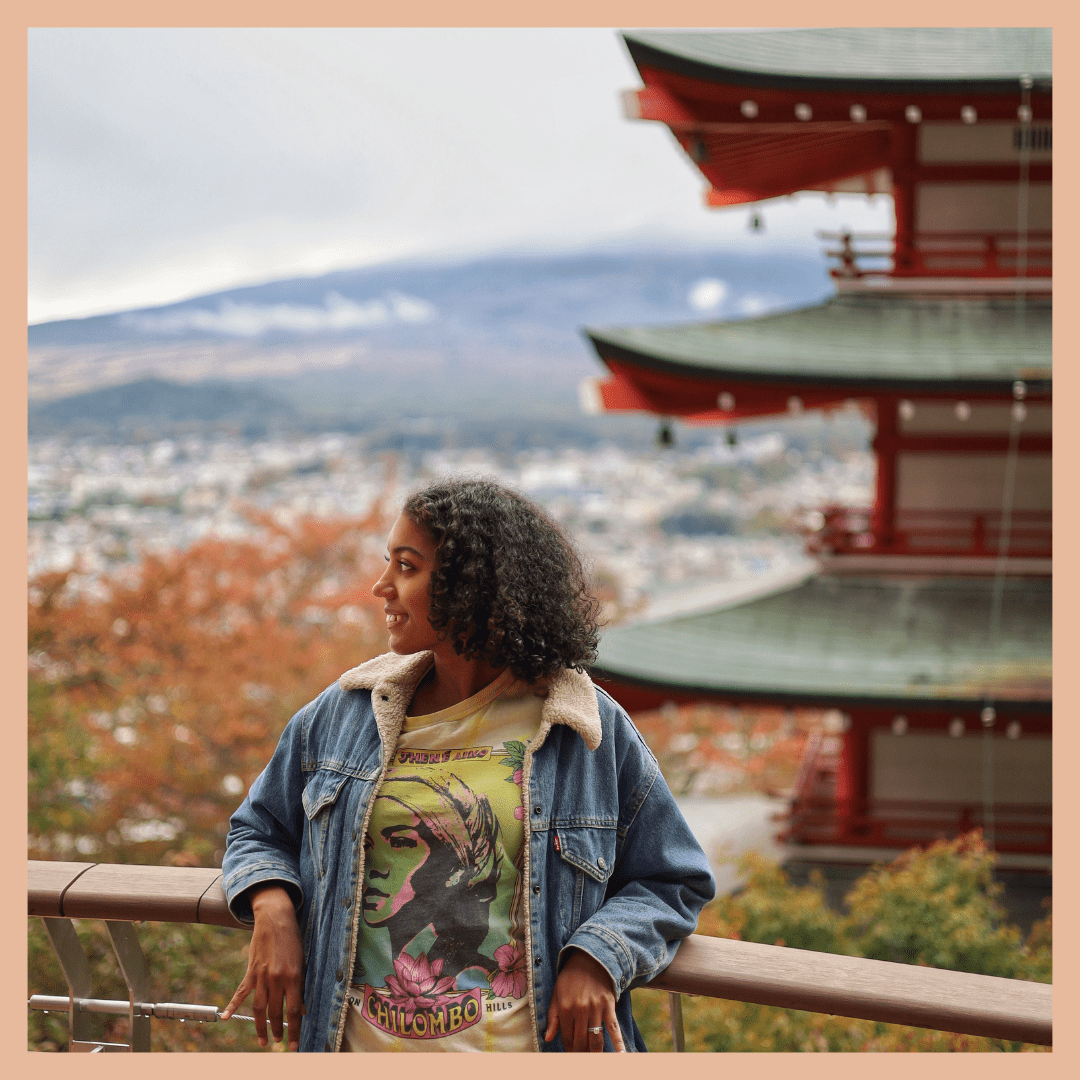For those planning to visit Tokyo, Narita Airport is the country's largest international airport, situated 60 kilometers east of the city.
Alternatively, Haneda Airport, located 14 kilometers south of Tokyo, is the largest domestic airport and offers closer proximity to the city center.
We flew into Haneda airport and were able to make it into the city center in about 30 minutes by train using the Keikyu Line.
If Osaka is on your itinerary, Kansai Airport serves as a major gateway to western Japan and is located 40 kilometers southwest of Osaka.
It's also the closest international airport to Kyoto.
Travelers heading to central Japan may opt for Chubu Airport in Nagoya, which is approximately 30 kilometers south of the city.
Ultimately, prioritize overall costs and consider transportation expenses when making your decision.
If you find a better deal at one airport, it may be worthwhile to choose it, even if it requires additional transportation expenses.
